
Current methods for measuring free testosterone (fT) are technically challenging and not accurate. The widely used direct immunoassay and tracer analog techniques for measuring fT have been shown to be inaccurate. Equilibrium dialysis, the reference method against which other methods are compared, is labor-intensive and cumbersome, and therefore has had limited clinical adoption. As an alternative, free testosterone can be computed from the total testosterone, SHBG, and albumin concentrations. Recently, Endocrine Society’s Expert Panel acknowledged the experimental problems in fT measurements and concluded that "...the calculation of free testosterone is the most useful estimate of free testosterone in plasma..." However, we have demonstrated that even the calculated fT values derived from the prevailing equations, based on linear law-of-mass action models or empiric equations, differ systematically from free testosterone measured by equilibrium dialysis by as much as 40%.
Based on the fundamental discovery of testosterone partitioning, our team has developed an accurate free testosterone determination method. While examining the mechanistic origin of this systematic inaccuracy in free testosterone values using the linear model of SHBG:testosterone association, we discovered that the SHBG dimer exhibits conformational allostery in binding testosterone. Our TruT™ companion diagnostic, incorporating the correct parameters and non-linear dynamics in T:SHBG association has resulted in a framework for accurate determination of free testosterone values.
The TruT™ algorithm improves the accuracy of free-T calculations, reducing the potential for misdiagnosis, and better informing providers when designing treatments.
Testosterone, like other hormones (estrogen, vitamin D), is a hydrophobic molecule with limited solubility in water/blood. Accordingly, nature has devised transport proteins that carry testosterone from the primary synthesis site (testes) to the target organs. In blood, testosterone is therefore partitioned into bound form (albumin and SHBG bound) and free fraction; free testosterone molecules enter the target cells and trigger signaling cascades. Therefore, accurate determination of free testosterone is central to definitive diagnosis of hypogonadism.
Circulating testosterone is bound tightly to the SHBG protein with high affinity and to albumin with substantially lower affinity; therefore, alterations in SHBG greatly affect free testosterone concentrations. SHBG levels are quite sensitive to overall health status and age. This has significant clinical implications; for example, two patients may produce equal amounts of total testosterone but one may express higher level of binding protein, lowering the free testosterone concentrations. Accordingly, if sole clinical marker for diagnosis is based on total testosterone, individuals with high binding protein levels will be misdiagnosed and not receive the necessary care.Therefore, accurate determination of free testosterone levels is central to definitive diagnosis of androgen related disorders.
Conditions that lower SHBG – obesity, type 2 diabetes, nephrotic syndrome, liver disease, hypothyroidism, use of androgens or glucocorticoids – can lower total testosterone levels to below the normal range, while free testosterone levels might remain within the normal range. In these instances, sole reliance on total testosterone to establish a diagnosis of hypogonadism could result in misclassification
Conditions that increase SHBG – advanced age, hyperthyroidism, anticonvulsants, HIV infection, or polymorphisms in the SHBG gene – can raise total testosterone levels to well above 400 ng/dL and sometimes into the high-normal range, despite normal or even low free testosterone. Accordingly, the Endocrine Society recommends determination of free testosterone in the diagnostic evaluation of hypogonadism in conditions that alter SHBG levels to avoid misclassification in the diagnosis of hypogonadism.
Current diagnostics, including the most widely used tracer analog method, have been shown to be inaccurate and its use is not recommended. Equilibrium dialysis is widely considered the reference method but most care providers and commercial laboratories do not offer equilibrium dialysis assays due to operational complexities in performing the assay and difficulties automating the procedure. Recognizing the practical difficulties that clinicians face in obtaining accurate measurement of free testosterone by equilibrium dialysis, an expert panel of the Endocrine Society concluded that "...calculated free testosterone, using high quality testosterone and SHBG assays, is the most useful clinical marker".
Our patent protected, novel TruT™ companion diagnostic framework provides accurate determination of free testosterone concentrations. This algorithm is based on experimental data demonstrating that testosterone’s binding to SHBG is a multi-step process involving an allosteric interaction between the two binding sites on the SHBG dimer. Estimates of free testosterone derived incorporating the allosteric coupling of SHBG monomers within the dimer provide accurate determination of free testosterone without systematic deviation from values obtained using equilibrium dialysis.
Ongoing development is focused around continued study and validation in common conditions characterized by altered binding protein concentrations. Further, the incorporation of estradiol interactions will allow for wider adoption in women where estradiol levels vary greatly across the menstrual cycle. Because hyperandrogenism in women is the second most frequent indication for free testosterone determination, understanding the competitive binding and displacement dynamics is important for proper diagnosis in both healthy menstruating women and women with hyperandrogenic disorders, such as PCOS.
Through collaborations and partnerships, the TruT™ platform presents a unique opportunity to aggregate large volumes of data and metadata across diverse populations, ultimately enabling deeper understanding of the basis of androgen disorders and other conditions.